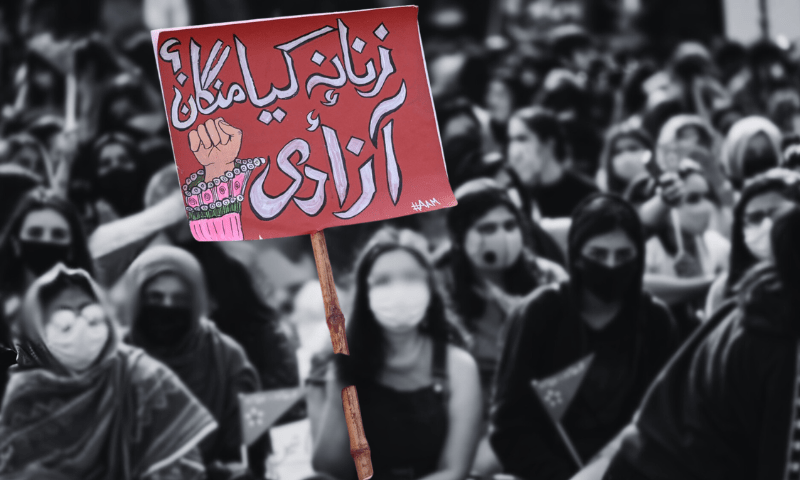With murals of dreaming street children, S.M. Raza hopes to better their lives
Art, which is considered a luxury of the rich and affluent, has focused on depictions of monarchs and the upper class through most of its history.
However, depictions of the poor in art have also existed, from as far back as the 17th century in the form of shoe-less peasants in Caravaggio’s works. With the advent of Realism in the mid-19th century, we started to actually see art that was about the working class. But it was probably the art of Vincent Van Gogh that most readily discussed the plight of the poor and he is one of the sources of inspiration for artist S.M. Raza.
The larger than life mural paintings of S.M. Raza opened at Canvas Gallery on June 14, with the gallery’s walls covered with endearing images of street children creating their own world of dreams. The gallery was also open to the public for two weeks prior to the opening, allowing visitors to witness the murals in the making.
This allowed the artist to look at the deconstruction of art as many artists have done so throughout history, while also allowing the audience to engage with the artist and the process of art making, as they would with any mural on the streets.

While art history took its time to pay attention to the poor, today we have a wealth of artists working on similar subjects, talking about the social class divide, the evils of war and poverty, hunger and famine and many other related social issues. Raza chooses to talk about this popular theme from a slightly different angle, however.
Raza’s work talks about poverty and struggles of street children, but not in the traditional sense where we are made to look at a passive poster child as a gimmick to invoke sympathy. It is more about humanizing the victims of society, and seeing them as people rather than objects that reaffirm our privilege.
Instead of highlighting our differences, he tries to draw attention to the similarities we share, our collective humanity, in the form of the internal realm of dreams. The aim is to make us feel empathy instead of pity. He does not show us dirty faces or ragged clothes but shows us their aspirations of a better life that defies all odds. In his work we see a fresh optimism with regard to a predominantly grim subject, which lends a sweet, hopeful sadness to the works.

Pasted next to the murals were tiny print-outs of the actual images, which allow us to see the disparity between reality and fantasy. However, the harsh realities are kept understated with the original's miniscule size. The large scale murals, which is the main focus of the work, depicts the re- imagination of this reality to show the inner thoughts and workings of the children rather than their situation and surroundings. The reality then becomes secondary in this particular narrative.
It is also interesting to note that these images are kept universal, not specific to a particular country, ethnic group or region, which serves to globalize the issue and make us all equally responsible.
When it comes to the actual works, the content is fittingly innocent and childlike, with butterflies, fruits and stars, and the technique used reminds one of children’s textbook illustrations. The bleak backdrops of the originals are white-washed to put focus on the dreamers, so that we see a child sleeping on the pavement now sleeping on a cloud, and a boy on a bench eating watermelons off the floor is now sitting in a rain of watermelons instead.

While the colored pieces have their own quaint charm, the black and white pieces seem to be more resolved and seem more true to the idea of a wall mural.
I want to be a superstar is a drawing of a beautiful little girl who sits shirtless in front of a pile of what looks like white sheets. The photograph next to it reveals her sitting in a huge dump of dirty clothes, but taking the colour away, the illustrative rendering, coupled with the title of the work makes us look at it in a new light.

Amidst four large-scale wall murals, the show contains one canvas painting as well. Holding onto Hope is a striking piece painted in melancholic blue tones that shows little girls standing in line with buckets in their hands, possibly for water. However, the buckets instead hold tiny yellow crescents and stars, representative of hopes and dreams. All except one of the girls have their facial features blurred out, which makes one think of how we tend to de-humanize the less fortunate.

During a conversation with the artist, I wondered why he chose to confine these murals to the gallery rather than reaching a wider audience out on the streets, where incidentally most murals are. The artist believes his art is about street children, but it is for the middle and upper class of society. The work is speaking to the rich, the elite, the educated, people who have the power to bring actual change. Out on the streets, more people will see it but it will not make a difference, and maybe the gallery won’t make a difference either, but the artist's job is to ask the right questions and start a conversation in the right circles, which is what this work does.
Raza is not attempting to jolt a sleeping world awake to the harsh realities of life but instead showing us an alternate reality, a kind of way forward to make the lives around us more livable through art and creativity.
Imagination is borne out of hardship in his works, and the victims manage to escape with their dignities intact. They are viewed as 3-dimensional individuals on a 2-dimensional surface, their inner thoughts given a voice, and their experiences not reduced to a tagline pushing political or socialist agenda. They are given a true voice that reverberates in all the right places, and it is now up to the audience to respond.













Comments